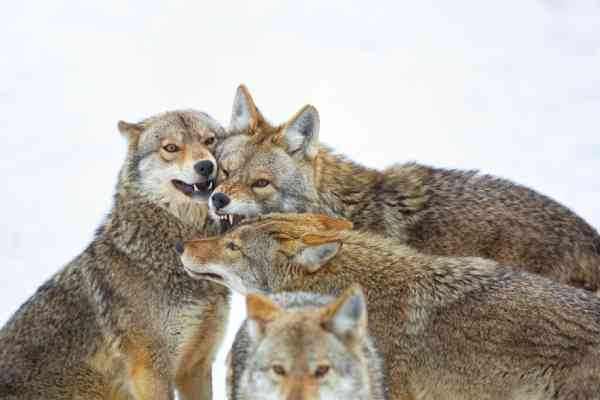Coyotes are one of the most fascinating and wily animals found in North Carolina. They have a secretive and evasive nature that allows them to thrive in a variety of habitats from mountainous areas to coastal plains. More recently, they have made appearances in urban areas, often searching for food sources left by humans. Unusual vocalizations such as a howl, bark or yelp are mostly associated with these creatures and are often heard at night or during the early morning hours. Through research, biologists are learning more about the behaviour and diet of coyotes throughout North Carolina which has allowed them to become better adapted to human activity.
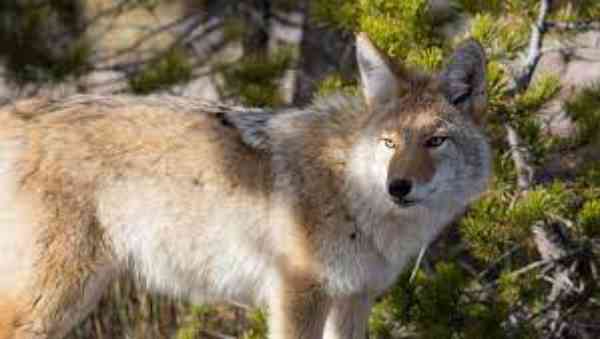
Table of Contents
Habitat
Coyotes are very adaptable animals, which means they can make a home in a wide variety of habitats. In North Carolina, coyotes are most commonly found in areas of moderate elevation near oak and pine forests. These forests provide plenty of food for the coyote to feed on, from small rodents to fruit-bearing shrubs. There also tends to be plenty of water nearby, as coyotes are fond of living alongside streams and ponds. As their presence continues to grow in the state, more coyotes are even making homes on the human property, such as farms or suburban backyards.
Diet
Coyotes generally consume a very varied diet. They feed on small mammals such as mice and voles, but also enjoy eating fruits like berries and apples, insects, reptiles and ground-dwelling birds. Plant matter such as grass or even corn may also be taken advantage of when the opportunity arises. Deer carrion can be an important food source for these opportunistic animals. The diet of coyotes largely depends on the season and availability of different food sources. As they are nocturnal animals, coyotes are known to scavenge pastures at night as well as hunt during both day and night depending on their needs in order to survive.
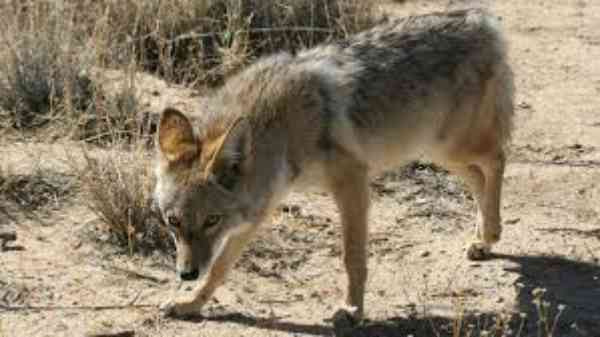
Colour
The colouration of coyotes in North Carolina can vary greatly depending on the season, but typically they are much more prominent in shades of brown. During the spring and autumn months, it is especially common to see coyotes that have a reddish tone to them. Being highly adaptive animals, coyotes have been known to change their seasonal colours due to changes in lighting and environment. They also often appear in different shades during mating season when brighter tones give males an edge in attracting females.
Size, Lifespan and Weight
The average size of these creatures is between four and six feet long, depending on their age and gender. These animals live anywhere from ten to thirteen years but some can reach nearly fourteen years in age. The average weight of an adult coyote is only 30 pounds but this varies again depending on the sex of the animal and which specific breed it belongs to.
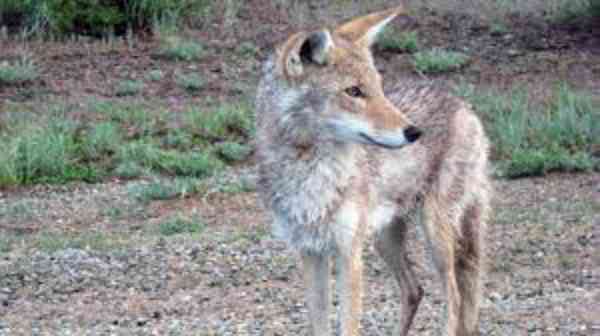
Predators
Predators of coyotes are plentiful in North Carolina and they serve an important role in keeping the coyote population healthy and balanced. Coyotes in NC must compete with larger predators like bears, wolves, cougars, and bobcats for food and space. They are also vulnerable to prey from smaller but still lethal predators such as owls and hawks. On the human side, coyotes may fall victim to hunters who seek them for their fur or to protect livestock from a perceived threat.
Reproduction
Coyotes in North Carolina reproduce once a year, between January and March. Males typically remain with their family group for the first year, and often even longer, while females will rarely leave once they hit maturity. The average litter size of coyotes is four to six pups, which are born blind, deaf and without fur for about three weeks. During this time period, coyotes rely on vocalizations such as yelping or barking to communicate and ward off predators. By six months old, the pups will begin learning hunting skills from their parents.
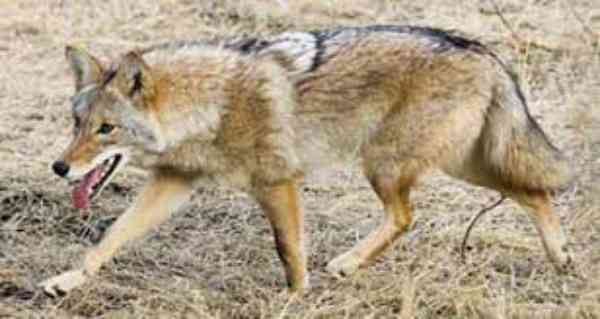
Trapping Coyotes in North Carolina
Trapping coyotes in North Carolina is an activity that has been going on for many years. It has become a popular pursuit amongst hunters due to the abundance of coyotes that lives in the area. Trappers use a variety of methods to capture these talented predators, ranging from box traps and body-gripping traps to snares and swift gunning with rifles or shotguns. As well as providing a significant challenge, trapping coyotes can also be an extremely rewarding task. The acquired furs often make attractive items such as gloves and tailpurses, whilst the carcasses can be used for several meals over winter.
Hunting Coyotes in North Carolina
Hunting coyotes in North Carolina is a thrilling adventure for both seasoned and beginner hunters alike. With its varied terrain, the state offers an opportunity to track and stalk prey through dense forests, wide open fields and rugged mountaintops. You’ll need to be patient when tracking coyotes as their natural wariness means you may only get one chance to take a shot. Good scouting prior to your hunt can ensure success with noise reduction tactics, hunting from high vantage points, and staying a few steps ahead of this highly intelligent animal’s behaviour.
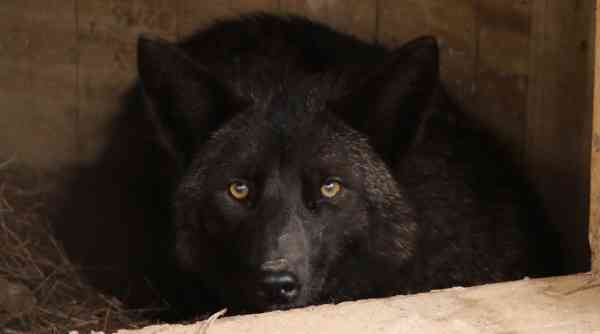
Black Coyotes in North Carolina
Black coyotes have been spotted primarily in western parts of the state over the past several years. The coyotes are a genetic mixture believed to be between traditional eastern coyotes and their larger western cousins. Unlike other coyote populations which usually avoid people, these two-tone animals have been more accustomed to humans due largely to reduced hunting pressure in certain areas.
References:
https://www.humanesociety.org/resources/what-do-about-coyotes
https://www.placentia.org/466/Be-Cautious-about-Coyotes

Rahul M Suresh
Visiting the Zoo can be an exciting and educational experience for all involved. As a guide, I have the privilege of helping students and visitors alike to appreciate these animals in their natural habitat as well as introducing them to the various aspects of zoo life. I provide detailed information about the individual animals and their habitats, giving visitors an opportunity to understand each one more fully and appreciate them in a more intimate way.

